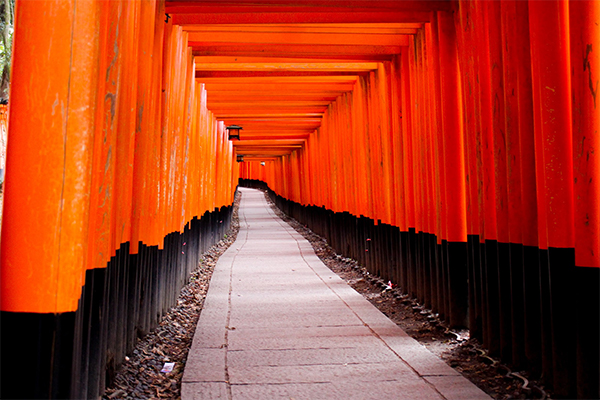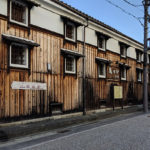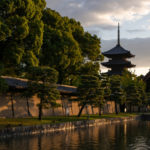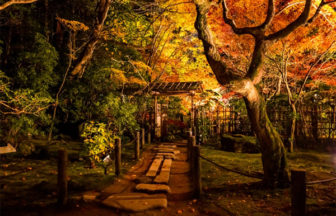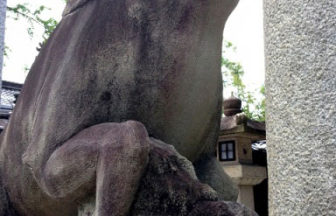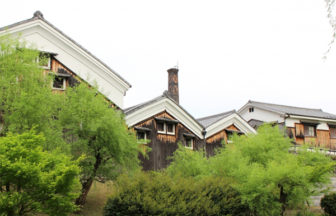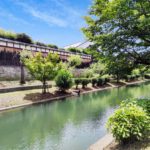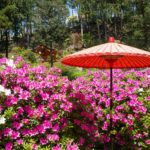Fushimi Inari Taisha, a power spot in Kyoto, is close to Kyoto Station and is easily accessible by train in about 10 minutes. Introducing the good spots that are not only the Senbon Torii.
The characteristic color of Fushimi Inari is dyed in vermilion, but this bright vermilion is also called Inari-nuri, and it has the meaning of preventing the evil power and magical power.
Many torii gates were all dedicated, and it is said that merchants have become accustomed to dedicating torii gates when making a wish or fulfilling a prayer, saying that “coming through the torii gate” and “coming true the wish”. Dive into this thousand torii gates is the reason why it is said to be a power spot.
One of the pleasures of Fushimi Inari Taisha is not only shooting at the Senbon Torii, but also visiting the mountains.
At Fushimi Inari Taisha Shrine and other Inari Shrines, there are Messenger-Fox in the precincts, worship halls, and the front of the main shrine, but this is the messenger of Inari Daimyojin, the deity of Inari Shrine. It is said that it is a white fox. If you look closely, this fox has different things in its mouth. Rice ears, scrolls, keys, jewels, etc. have different facial expressions and appearances, so it is one of the highlights.
Fushimi Inari Taisha Shrine is open day and night, and especially at night, the huge tower gate and the thousand torii gates are even more mysterious, and you can enjoy a different atmosphere from the daytime.
Fushimi Inari Taisha Shrine in the photo

A bright vermilion gate donated by Shogun Toyotomi in 1589. Vermilion has the meaning of amulet, but it also has the meaning of fertility because it is associated with the autumn of harvest.

<Main shrine>
It enshrines Inari Okami, five gods centered on Ukanomitama Okami, the god of food. There is also a white tiger among the gorgeous sculptures, so please look for it.
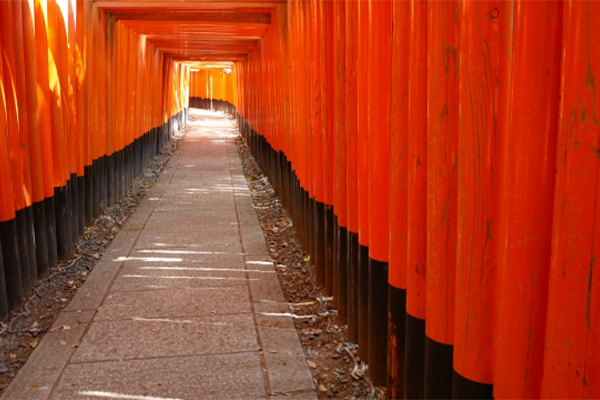
If you go from the main shrine toward the mountain, you will find the famous Senbon Torii gate. It is a popular spot that is full of domestic and foreign tourists and is constantly visited by worshipers even from 7 am.
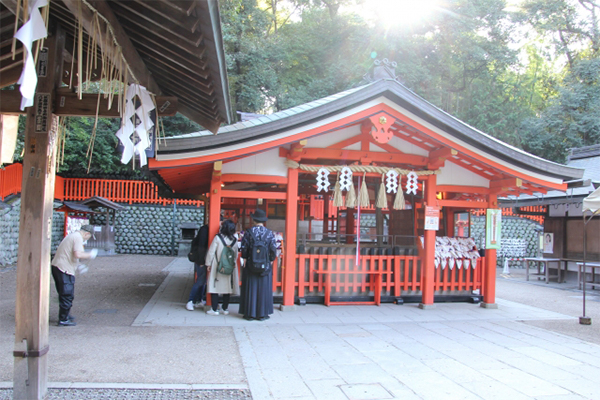
After passing through the Senbon Torii gate, you will see the great shrine, which is the starting point for the mountain tour. The white foxes are worshiped.
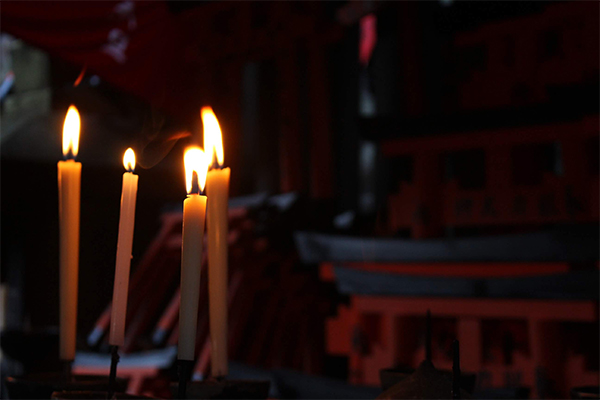
There is a mound with the name of Kumataka Ogami. It is said that you can meet the missing person by clapping the hands at the pond that spreads behind it and looking for the direction in which the echo returned.
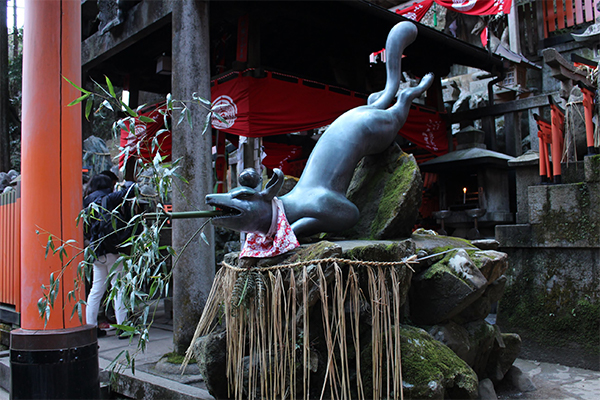
It has the benefit of “curing eye diseases” and the benefit of “giving foresight.” It is a popular shrine for business owners and securities companies.
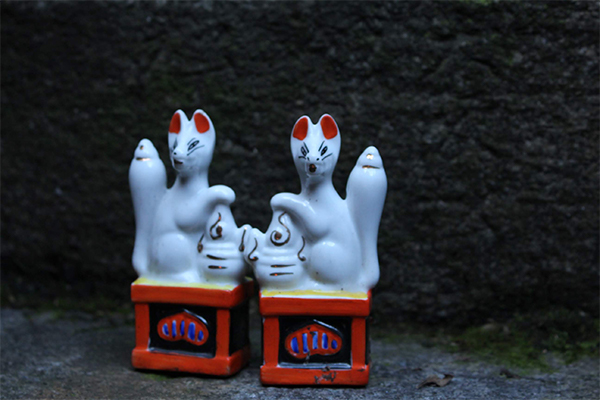
It is beneficial for healing illness and disease-free breathing. There is “Oseki Okami” that protects the health of the throat. Thank-you postcards are sent from all over the country to the mailbox.
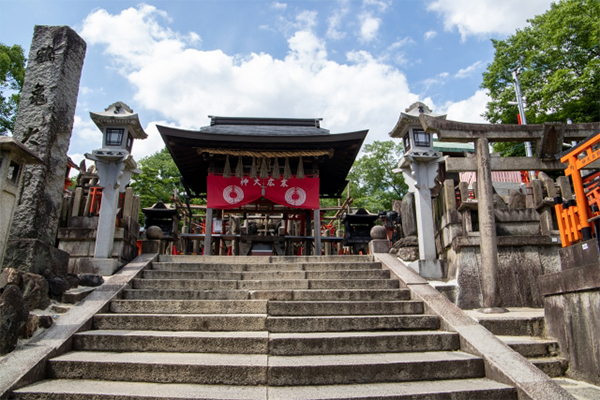
At Ichinomine, which is located at the top of Mt. Inari 233m, “Suehiro Okami” and torii gates are dedicated to countless mounds.
It takes about 2 hours for a round trip, but it makes your trip pleasant.
【Basic information】
Street address:
68 Fukakusa Yabunouchi-cho, Fushimi-ku, Kyoto 612-0882
time:
Freedom in the precincts
access:
Immediately from “Inari Station” on the JR Nara Line
5 minutes walk from “Fushimi Inari Station” on the Keihan Main Line
Worship fee:
None
Do you need more information?
You should receive such local information of Kyoto by an application “KoI APP”.
With this application, even if you don’t have Wi-Fi, you can find nearby stores and so on.
You can install the application from the following URL.


